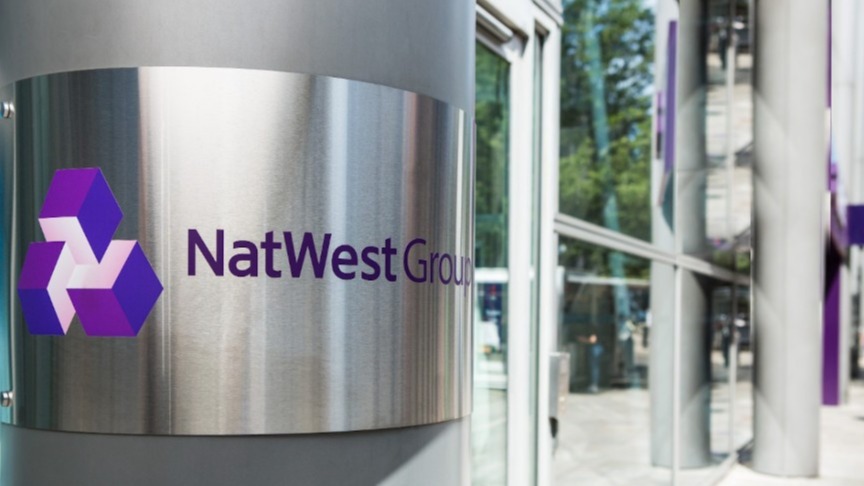The chief executive of BT, Allison Kirkby, has criticised the UK's telecoms infrastructure, stating that the Nordic countries are "way ahead" in this regard.
Speaking at the Deloitte and Enders media and telecoms conference in London, Kirkby highlighted the regulatory environment, planning laws, and the general adoption of digital skills and services as factors contributing to the superior connectivity in Scandinavia.
Kirkby, who previously led the Swedish telecoms company Telia, pointed out that around 80 per cent of homes in Sweden are connected by entirely fibre-optic lines, which are significantly faster than older copper wires.
She faces a challenging turnaround at BT, which is competing with numerous alternative network providers while rolling out 5G mobile and full-fibre broadband across the UK through its Openreach subsidiary.
BT has set a £15 billion plan to roll out full-fibre broadband to 25 million homes by 2026, having already reached over 14 million premises, with a further 6 million where initial build is underway. Kirkby emphasised the need for regulatory and fiscal policy certainty from the government in the upcoming general election.
She also called for a review of planning laws, stating that it's not necessarily market structure that hinders the UK from having great networks like those in Sweden. Kirkby noted that the Swedes, Norwegians, and Finnish expected excellent connectivity even in remote northern regions, attributing the UK's shortcomings to planning legislation.
Commenting on Kirkby’s positioning of the issue, Elizabeth Anderson, chief executive officer of the Digital Poverty Alliance, said: "The UK's telecom infrastructure falling behind other European countries isn't something we can afford to swallow which is why there's clear work that needs to be done by the incoming government.
“Understanding what steps to take is essential and we've launched the new Charter for Digital Inclusion and National Delivery plan to offer guidance to all sectors that aim to boost connectivity and fight digital poverty.
Latest News
-
The top technology trends to expect in 2026
-
The most read National Technology News stories of 2025
-
Lyft and Uber sign deals with Baidu for robotaxi trial in London
-
Nextdoor launches AI-driven self-serve ads platform for small businesses
-
Italy's antitrust fines Apple €98.6m over alleged App Store dominance
-
Visa partners with UAE real estate firm to launch voice-enabled agentic commerce payments
The future-ready CFO: Driving strategic growth and innovation
This National Technology News webinar sponsored by Sage will explore how CFOs can leverage their unique blend of financial acumen, technological savvy, and strategic mindset to foster cross-functional collaboration and shape overall company direction. Attendees will gain insights into breaking down operational silos, aligning goals across departments like IT, operations, HR, and marketing, and utilising technology to enable real-time data sharing and visibility.
The corporate roadmap to payment excellence: Keeping pace with emerging trends to maximise growth opportunities
In today's rapidly evolving finance and accounting landscape, one of the biggest challenges organisations face is attracting and retaining top talent. As automation and AI revolutionise the profession, finance teams require new skillsets centred on analysis, collaboration, and strategic thinking to drive sustainable competitive advantage.
© 2019 Perspective Publishing Privacy & Cookies








Recent Stories